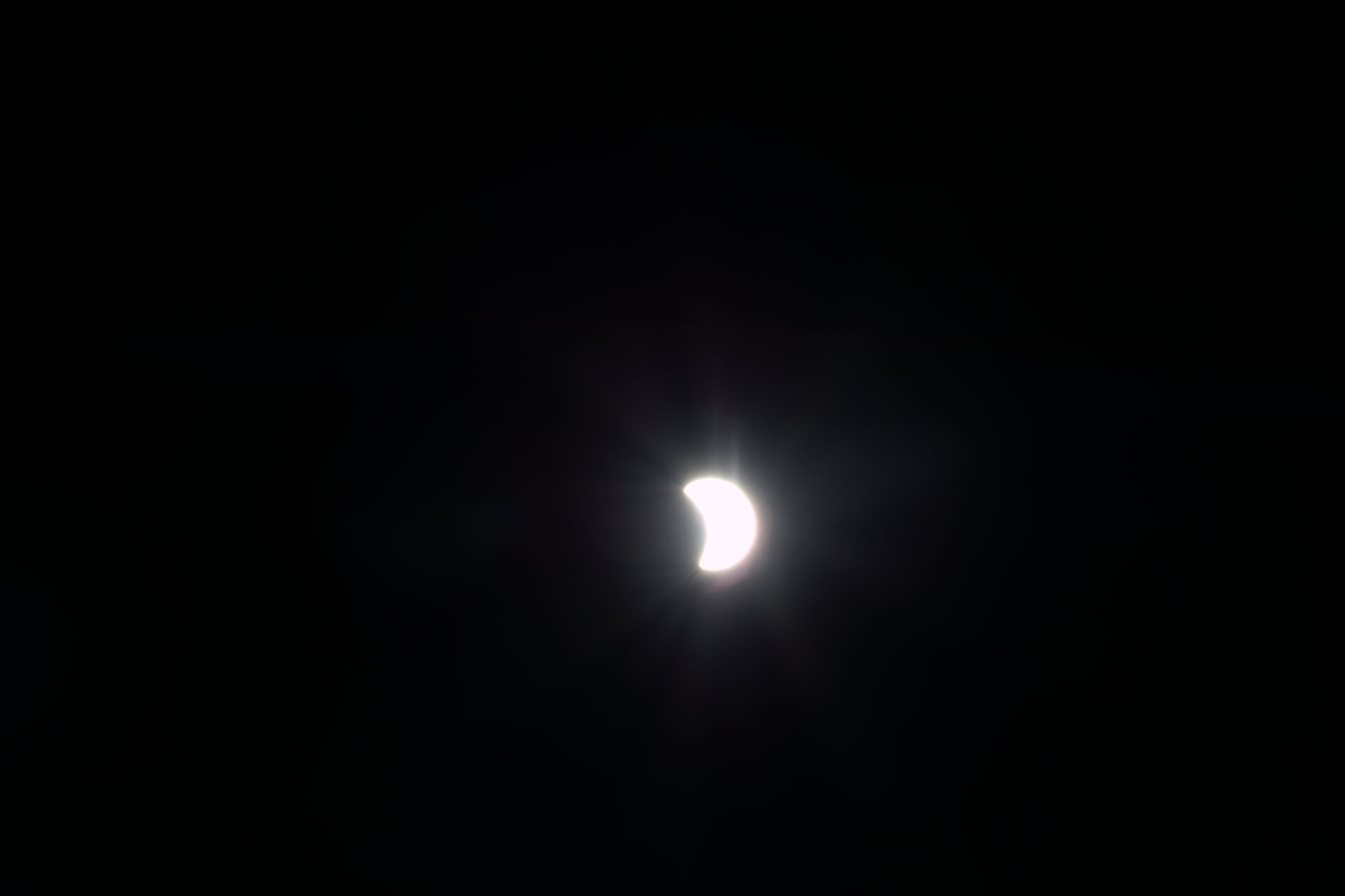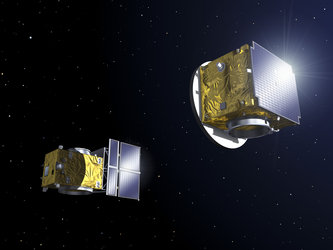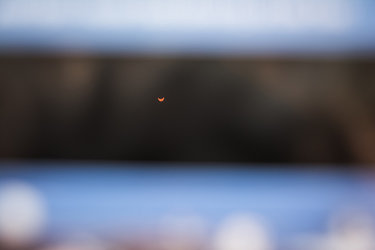Astronaut plus Proba minisats snap solar eclipse
As today’s partial solar eclipse crossed Europe, it was also visible from space. ESA’s Proba-2 captured a near-total eclipse from orbit, at the same time as its sister minisatellite Proba-V peered down to snap the shadow of the eclipse on Earth.
ESA astronaut Samantha Cristoforetti also found time while running an experiment to record the eclipse from the International Space Station, and try to track the eclipse’s ‘umbra’ on the ground.
During a solar eclipse the Moon moves in front of the Sun as seen from Earth. As their apparent size is similar, the Moon temporarily blocks a significant part of the Sun’s light.

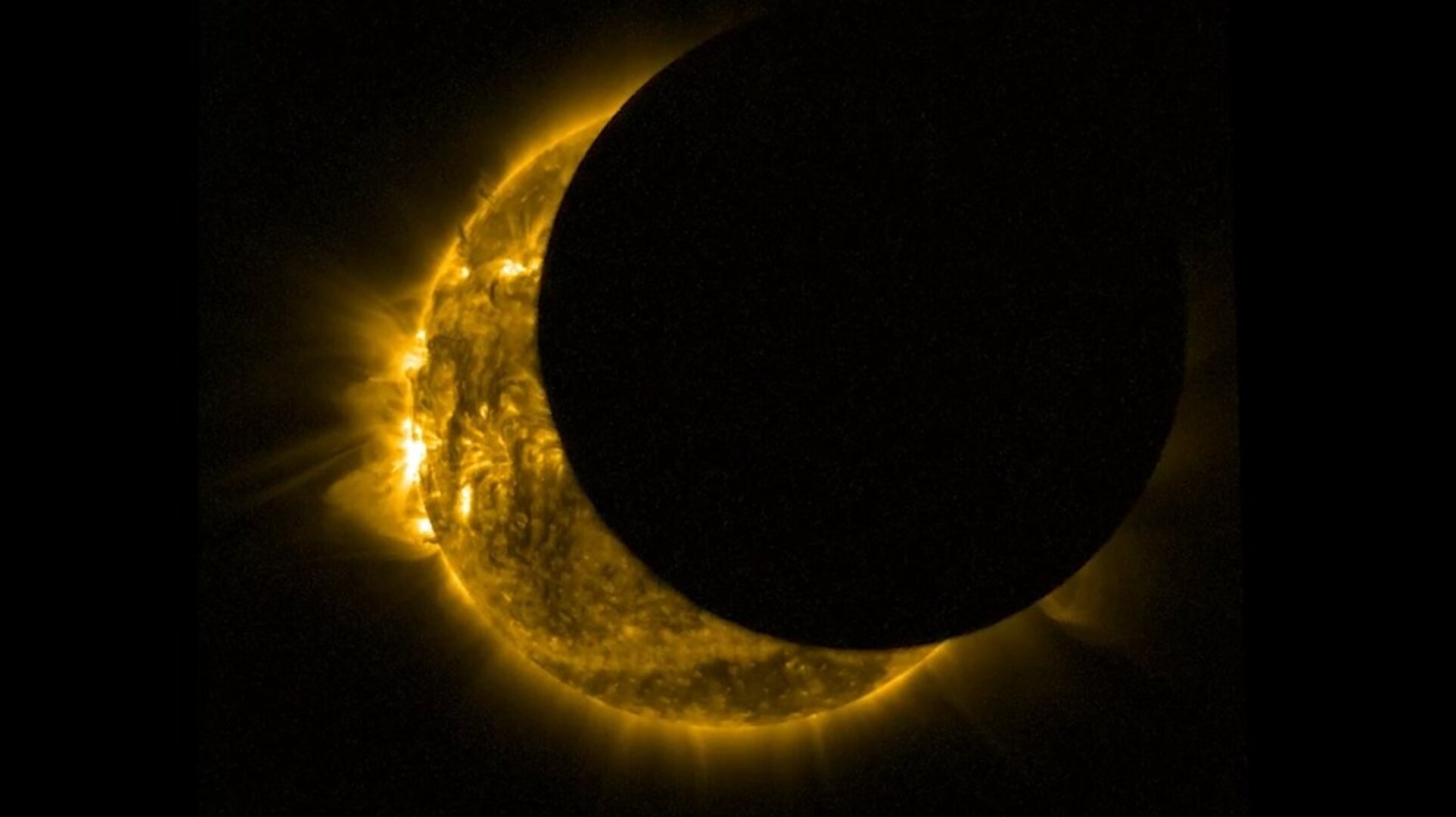
Access the video
The whole of Europe experienced a partial eclipse this time: 100% of the Sun’s disc was obscured over Norway’s Svalbard islands, 97% from the north of Scotland, 84% over London, 81% over The Hague, 75% over Paris, 65% over Madrid and 56% over Rome.
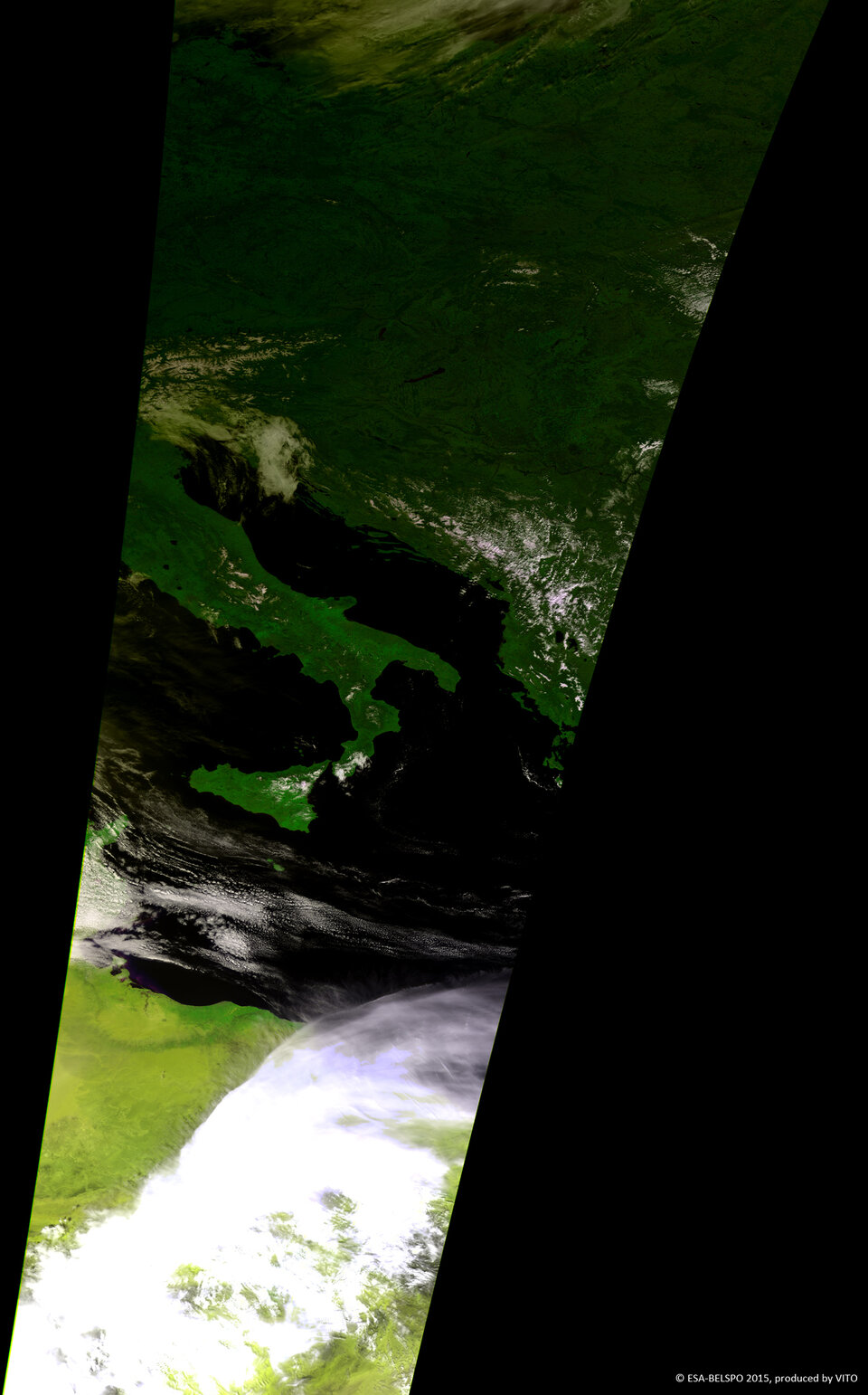
ESA had eclipse-viewing events at Space Expo – the visitor centre for its ESTEC technical centre, in Noordwijk, the Netherlands, as well its ESRIN Earth observation site in Frascati, Italy.
The path of ‘totality’ – where the Sun is completely blocked – traced a small band across the North Atlantic, including the Faroe Islands and Svalbard, the latter home to an ESA ground station, and hosting an eclipse-spotting expedition for the occasion.
ESA’s Proba family
ESA’s Proba missions are among the smallest satellites ever flown by ESA, each one smaller than a cubic metre. They are technology demonstrators with important science goals.
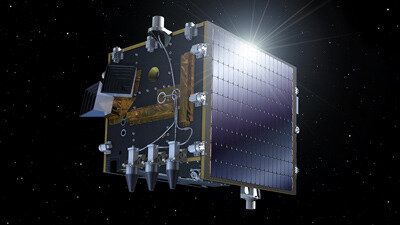
Proba-2, launched in 2009, monitors the Sun and space weather. One instrument images the high-temperature surface of the Sun and its surrounding corona at extreme ultraviolet wavelengths, while another tracks overall solar radiation levels.
Proba-V, launched in 2013, has the wide-swath Vegetation camera as its main instrument, acquiring images of all of Earth’s green land every two days.
The Proba series began with the Proba-1 hyperspectral imaging mission, launched in 2001 and still operational.
Eclipse-making Proba-3
ESA’s forthcoming Proba-3 mission is focused on solar eclipses – not to image them, but actually to create them, between a pair of minisatellites in orbit.
Two satellites will be launched together then separate to fly in tandem, going on to experiment with high-precision formation-flying techniques.

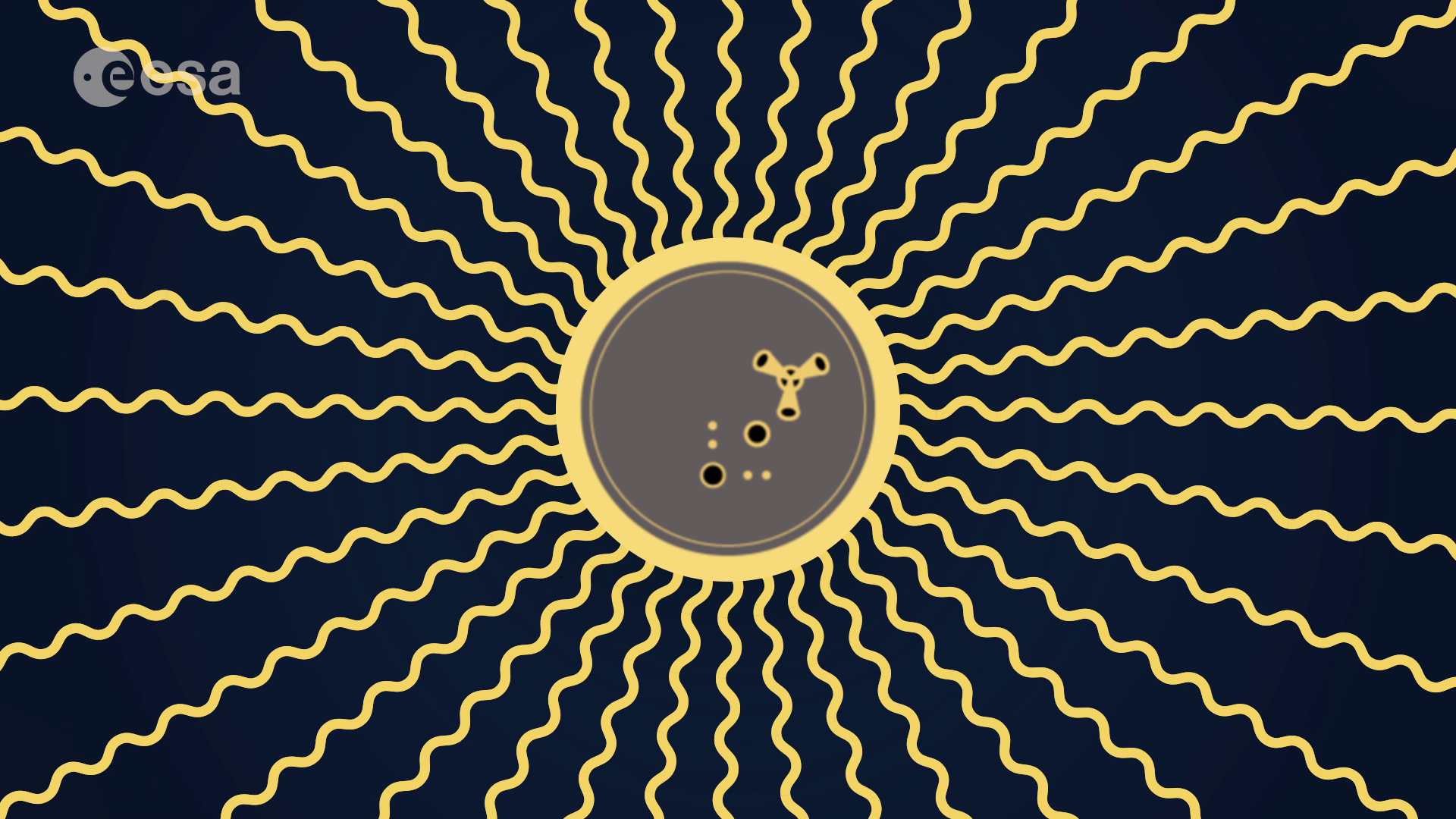
Access the video
As has become traditional with Proba missions, the success of Proba-3’s technology will be proven through acquiring high-quality scientific data. In this case, the ‘occulter’ satellite will blot out the Sun’s fiery disc as viewed by the ‘coronagraph’ satellite, revealing mysterious regions of our parent star’s ghostly ‘corona’, or outer atmosphere.
The Sun is a million times brighter than its surrounding corona, so eclipsing it in this way is essential to study the inner corona.
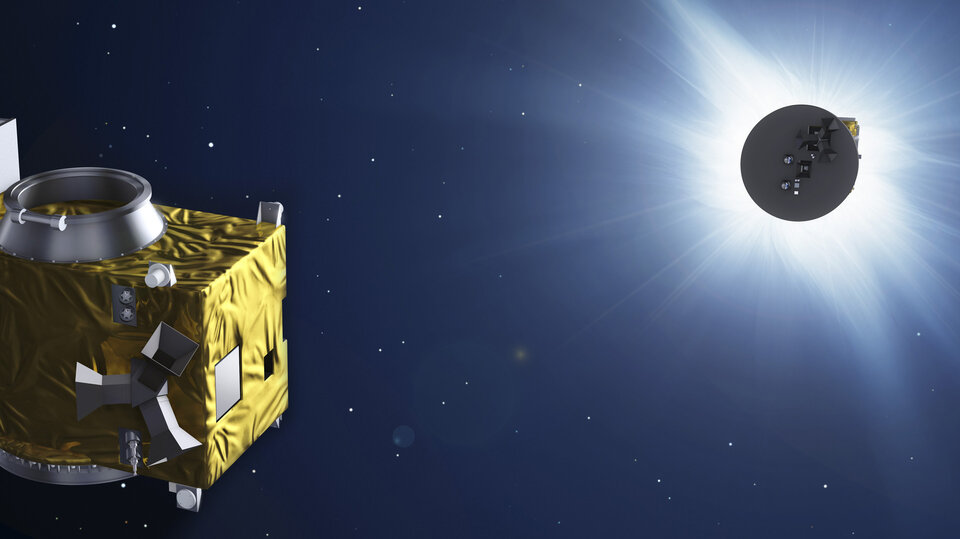
Achieving such a sustained artificial eclipse is a formidable technical challenge, however. The satellites will have to fly 150 m apart, maintaining their separation with millimetre-scale and fraction-of-a-degree precision.
Proba-3 is due to be launched in late 2018.














 Germany
Germany
 Austria
Austria
 Belgium
Belgium
 Denmark
Denmark
 Spain
Spain
 Estonia
Estonia
 Finland
Finland
 France
France
 Greece
Greece
 Hungary
Hungary
 Ireland
Ireland
 Italy
Italy
 Luxembourg
Luxembourg
 Norway
Norway
 The Netherlands
The Netherlands
 Poland
Poland
 Portugal
Portugal
 Czechia
Czechia
 Romania
Romania
 United Kingdom
United Kingdom
 Slovenia
Slovenia
 Sweden
Sweden
 Switzerland
Switzerland


























